It might be logical to think that small towns have small churches, just as they have small railroad stations and small city halls, but that is often not the case. Large churches pop up for reasons less related to the size of the congregation than to history, to powerful or rich men who wanted to emphasize the importance of their territory.
Landsberg, the river and the steeple of the Assumption of Mary Church
In the case of Landsberg, put it down to Henry the Lion, Duke of Bavaria and Saxony, who built a castle there at a junction on a salt trade route in the 12th century. A century later, the town was rich from a salt tax, and a century after that, a tax on all river trade was added.
What better to spend that money on (or at least some of it) on a brilliant church? So, on the site of a 1219 church, and incorporating some pieces of it, they built the Church of the Assumption of Mary, in German Maria Himmelfahrt. The work o the new church started in 1458, turning the building Gothic.
Like many Bavarian churches, the exterior is covered in smooth white plaster, but underneath it, most of the masonry is brick. The construction was supervised by master builders who had worked on the Strasbourg cathedral.
As plain as the building appears from the outside, there's no mistaking the almost over-the-top Baroque and Rococo interiors.
While the main construction of the current church was completed in the mid-1400s, some of the statuary and other fixtures are from earlier times; that includes the baptismal font with the fish spout, which is from the previous 12th century church.
Some of the church's stained glass windows are nearly as old as the building. Over 600 panels were painstakingly restored in 1979; when they were reinstalled, they got protective glazing to protect them from outside. The sunny Jesus panel with angels is from a later period.
The wooden pieces here, including the confessional, date mainly to the early 18th century, although the choir stalls are older.
An ornate pulpit for homilies, and a number of elaborate altars...
These two altars have an interesting history: they were commissioned and paid for by rival guilds. At left, an altar to Saint Catherine, installed by the town's twenty brewers in the 1750s; at right, an altar for Saint Martin, given by the local wine merchants. A sign in the church explains how important the brewers were because the local drinking water was bad.
Other chapels were given by furriers and tailors, shoemakers and leather workers, and by the dyers and weavers .
Only a couple of blocks past the Assumption church is a much smaller but equally spectacular church, dedicated to St Johannes, or John. It was built in the mid-1700s to replace a 200-year-old church that had been built as a cemetery chapel.
I won't go into the chicanery and fighting that went into the new church which the local parish didn't have permission to build, nor to demolish the previous one. By now, surely, they've been forgiven.
While the Assumption church seems far too large for the size of the town, St John's is quite small, as fits its original purpose. The central rotunda has few seats, and is flanked by a number of almost niche-like side chapels.
But what it may lack in size, it makes up for in ornate, including its galleries of trompe l'oeil paintings in the dome.
The pristine condition of everything speaks to careful renovation as much as to preservation. Sometimes the work has been massive: in 1931, the entire exterior plaster was knocked off and left off for months to allow the masonry, damaged by years of leaks, to dry out completely and be stabilized.
The paintings and three-dimensional fittings have also had plenty of work in projects in 1955,1966,1977 and 1990, with a most recent renovation in 2002.
I've sometimes, over the years, been amazed at the startlingly well-maintained status of ancient churches in small towns where one would assume there is no rich congregation nor wealthy benefactors to explain it.
But now I know the reason why these two churches are what they are: under German law, since 1919, anyone who belongs to a religious denomination pays a church tax to the government, which in turn, pays each of nine state-recognized religious denominations their share. In 2020, that came to a bit over €12 billion.
The tax varies with income and location. In Bavaria and Baden Wurttemberg it's 8% of your income tax; in the rest of Germany, it's 9%. On average, it's about €800 a year. You can get out of it by formally quitting a church, but well over 50% of citizens are paying it. If you quit, by the way, you're out: No baptisms, weddings or funerals in a church for you!

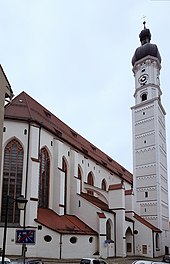
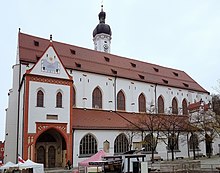
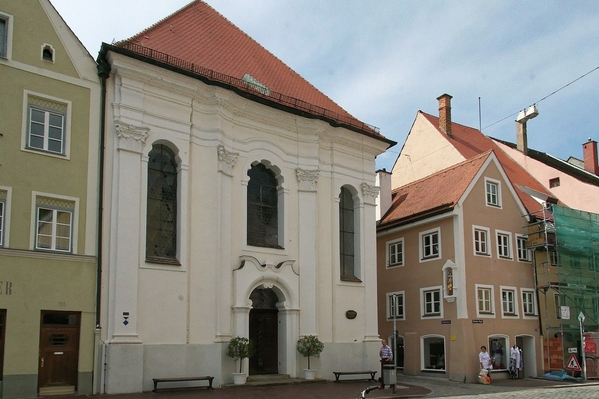
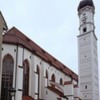
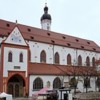

Comments (0)